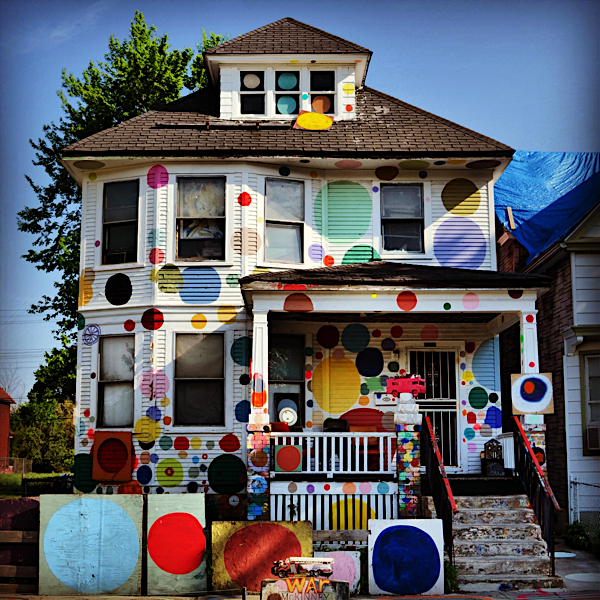Mini Seminar Course in History of Art: Art and Design in Detroit Today: An Anthropological Approach to Creative Practices

In the past decade Detroit has come to been seen as both the paragon of postindustrial urban ills and a celebrated come-back city with a thriving creative sector at the vanguard. Such seemingly dichotomous depictions often reveal a much more complicated web of contested representations, opinions, aspirations, and realities. Many journalists and cultural producers have been lured into the neat narrative arc that glosses over the myriad forces behind decades of economic decline and points to artists and designers as the harbingers of a new day. What's at stake in the manufacturing of these modern mythologies? Many cities like Detroit seek to rebuild or rebrand themselves as "Creative Cities" in the wake of industrial decline. It is crucial that we ask: who is this for? What work do creative practices, art, and design do in cities; and how?
Anthropologists have studied art and "material culture" since the dawn of the discipline. However, only recently have they begun to study art in Western and urban contexts, attending to the intersections of creative practices and other arenas of critical concern such as urban politics, race, and publics. This course will explore points of intersection between art history and urban anthropology through an in-depth look at four key projects of art/design in Detroit today. Students can expect to learn about these projects through an array of methods of inquiry and analysis (i.e. ethnographic, discursive, material, formal) to apprehend the ways in which artworks and creative practices act as agents that participate in the social and cultural evolution of cities.
Estimated cost of materials: $50-$100.
HISTART concentration distributions: 4. Modern and Contemporary, D. Europe and the U.S.